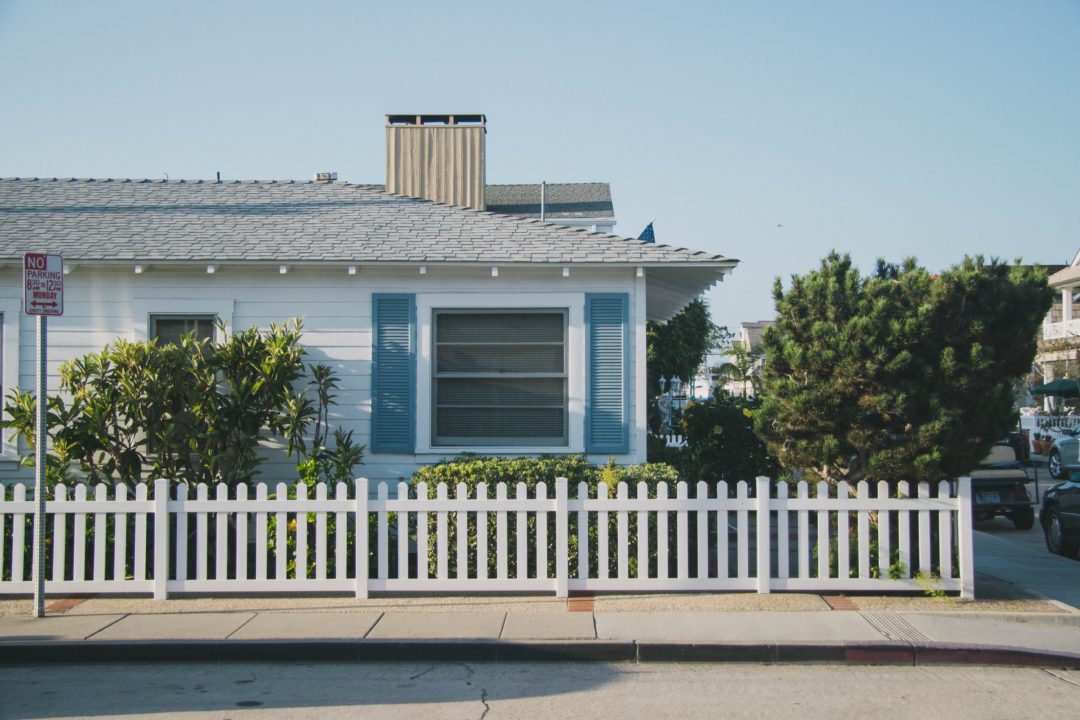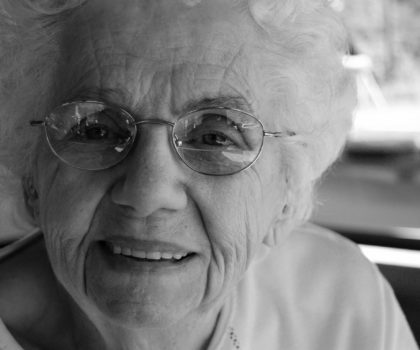A seniors reverse mortgage can be a huge help for cash-strapped seniors who want to stay in their own homes but are besieged by ever growing expenses. It is believed there are over half a million seniors reverse mortgages out there, a huge increase from 2005, when there were around 100,000. Reverse mortgages first came on the scene in the 1960s, although most seniors were very hesitant to embrace this choice as a retirement planning option until relatively recently. The top six seniors reverse mortgage markets are now in the entire state of California, New York City, Phoenix, Boston, Denver and Coral Gables, Florida.
Seniors reverse mortgage Advantages
The financial tool known as a seniors reverse mortgage can provide retirees with cash and allow them to stay in their own home, which is the primary advantage of this type of transactions. Seniors reverse mortgages can turn the equity in your home into cash through monthly payments, a line of credit, a one-time lump sum payment, or a combination of these. The amount of money you will be able to access from your seniors reverse mortgage will vary depending on your age, the value of your home, the amount of equity you have in your home, as well as current interest rates and loan fees.
Income from your seniors reverse mortgage will not typically affect your Social Security or Medicare benefits, and the proceeds of your reverse mortgage are not taxable. Most of these seniors reverse mortgages do not have income requirements, and you will be allowed to retain the title to your home. If you should “outlive” your reverse mortgage, meaning you receive more in payments than your senior home is actually worth, the FTC has protections in place that guarantee you will never owe more than the value of your home. Most HECM programs will allow the primary borrower to live in a nursing home for up to a year before the loan becomes due.
Seniors reverse mortgage Disadvantages
Many financial consultants believe that seniors reverse mortgages have definite disadvantages and that the lenders for these types of mortgages don’t fully disclose all the terms, or tell you how high the front-load is. Front-loading encompasses the upfront costs which will be paid out of your home’s equity at closing, and will include interest, origination fees and points.
Lenders, of course, love reverse mortgages as they are extremely profitable in the short term. Many senior borrowers do not realize they are still responsible for their yearly real estate taxes, homeowner’s insurance and all home repairs, as well as mortgage insurance. Mortgage insurance covers the lender should the property value decrease, or if the mortgage is held over a very long period, allowing the accrued interest to exceed the current home value.
Another serious consideration to a seniors reverse mortgage is that, depending on where you live, the proceeds from a reverse mortgage could prove to be a serious barrier to allowing you to qualify for Medicaid because they will count your loan proceeds as an asset. Each state differs, however, any untapped equity you currently have in your home will not be considered an asset when determining your Medicaid eligibility so long as you continue to live in your home. Make sure you speak with a specialist before obtaining a reverse mortgage, as you do not want the cash proceeds prohibiting you from Medicaid eligibility.
Alternatives to a Senior Reverse Mortgage
Some financial consultants believe the elderly should skip the seniors reverse mortgage and consider re-financing on a 30-year fixed loan. The major drawback to this, is that many older people may find it impossible to qualify for such a mortgage because they no longer work and have limited or fixed incomes and because they will have to make monthly payments. Every senior’s financial situation is different, so take your time and do your research prior to making the commitment to a senior reverse mortgage.





